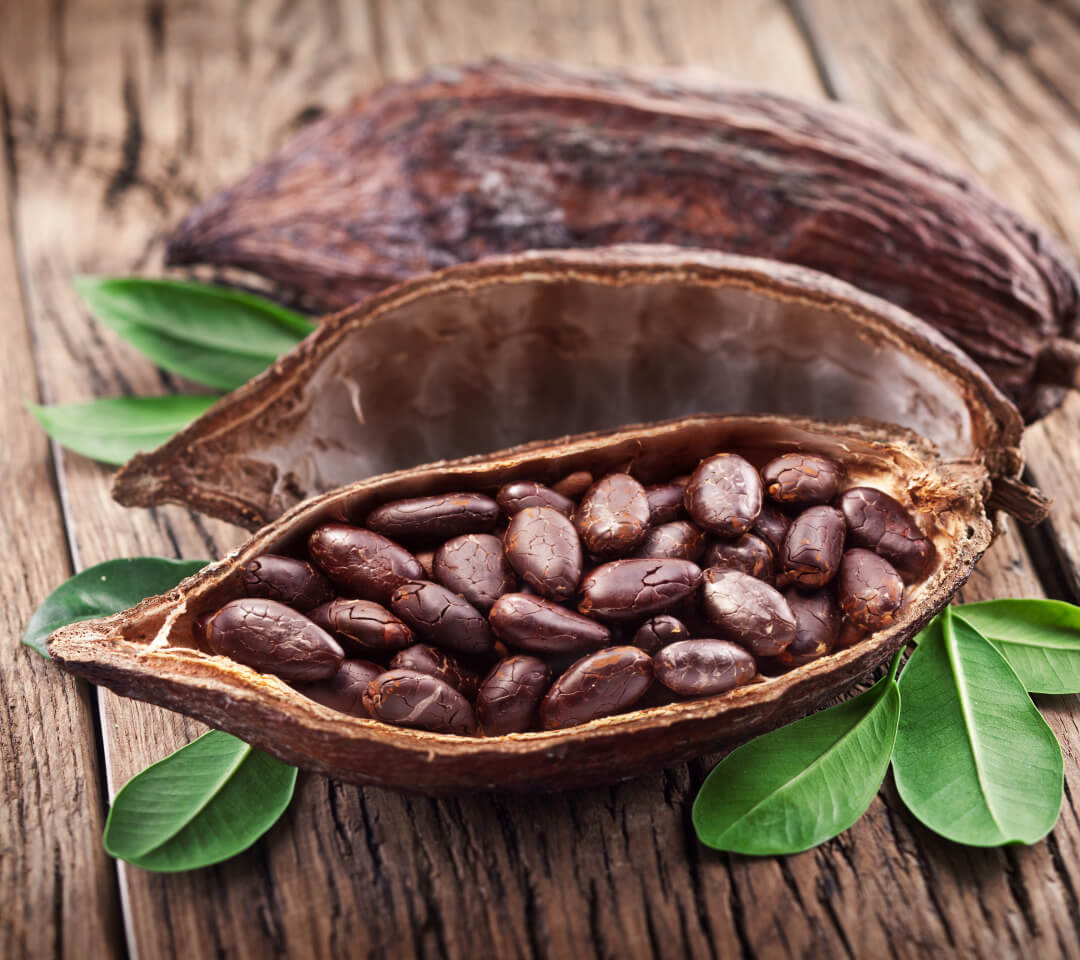
Article content
Cocoa Market Overview
The history of cocoa begins with the ancient civilizations of South America, where it was valued for its nutritional and medicinal properties. Today, cocoa is traded on international exchanges and is a significant export product for countries in Latin America and Africa. The largest producers of cocoa are Côte d’Ivoire, Ghana, and Indonesia. Meanwhile, the main consumers of cocoa products are the USA, Europe, and, more recently, China.
Cocoa beans are a product that requires careful processing. Cocoa prices can fluctuate depending on seasonal harvests, climate changes, political situations in producing countries, and global economic trends.
For example, reports of a low cocoa harvest in Côte d’Ivoire due to drought can cause cocoa prices to rise on the global market. Traders must closely monitor such events, using news resources and weather forecasts, to predict their impact on prices.
How to Start Trading Cocoa
- Choosing a Trading Platform. AMarkets stands out among others for its high level of customer support and service, which is especially important for beginner traders.
- Understanding the Market. Study the economic calendar, crop reports, and follow the news.
- Technical Analysis. Learn to read and interpret charts, using tools such as candlestick charts, trend lines, support and resistance levels, and various indicators, including moving averages, Relative Strength Index (RSI), and MACD.

Trading Strategies: Long-Term Investments vs. Day Trading
Long-term investments in cocoa involve buying and holding assets for many months or even years, with the anticipation that their value will appreciate over time. This strategy demands patience and thorough analysis of market trends, as investors must weigh long-term factors such as changes in cocoa production, shifts in consumer preferences, and prevailing economic conditions. For instance, an uptick in chocolate demand in developing nations can serve as a promising indicator for long-term cocoa investments.
Day trading involves buying and selling cocoa within a single trading day. The goal is to profit from short-term price fluctuations. Success in day trading requires constant market monitoring, quick decisions, and strict risk management. Day traders use technical analysis to identify short-term trends and entry/exit points. For example, a trader might open a trade to buy cocoa following news of a poor harvest, expecting prices to rise on the same day.
Choosing between long-term investments and day trading depends on your time, capital, patience, and risk tolerance. Long-term investors should be prepared for slow, but steady gains, while day traders earn quickly, but with greater risk.

Practical Tips
1. Developing a Trading Plan
Your plan should outline trading goals, preferred instruments, analysis methods, entry and exit criteria, and risk management strategies.
Tip: Regularly review and adjust your trading plan to adapt to market changes and your evolving trading experience.
2. Keeping a Trading Journal
A trading journal is essential for analyzing both successful and unsuccessful trades, identifying patterns, and refining your strategy. It’s a crucial tool for continuous learning and skill improvement.
Tip: Record trade details like date, time, entry and exit prices, position size, profit or loss, and reasons for entry or exit. Regularly analyze your journal to pinpoint effective strategies.
3. Risk Management
Effective risk management safeguards your capital from substantial losses. This includes setting stop-losses, managing position sizes, and avoiding overtrading.
Tip: Limit risk to 1-2% of your trading capital per trade. Utilize stop-loss orders to automatically close losing positions and shield your portfolio.
Common Mistakes:
- Poor risk management. Ignoring risk management rules is a common error among beginner traders, often resulting in rapid and significant losses.
- Lack of analysis. Neglecting fundamental and technical analysis reduces the likelihood of success. Both analyses offer valuable insights into market movements and potential entry/exit points.
- Overtrading. Overtrading, without a clear grasp of market conditions or strategy, frequently leads to losses.
- Emotional trading. Allowing emotions to influence decisions can result in poorly thought-out actions and subsequent losses. Learning to control emotions and adhering to your trading plan is crucial.
Trading cocoa, like any investment, demands discipline, education, and patience. Don’t be disheartened by setbacks—they’re part of the learning curve. Remember, every seasoned trader was once a novice. Stay curious, keep learning, and adapt to evolving market conditions.
Recommended reading:






